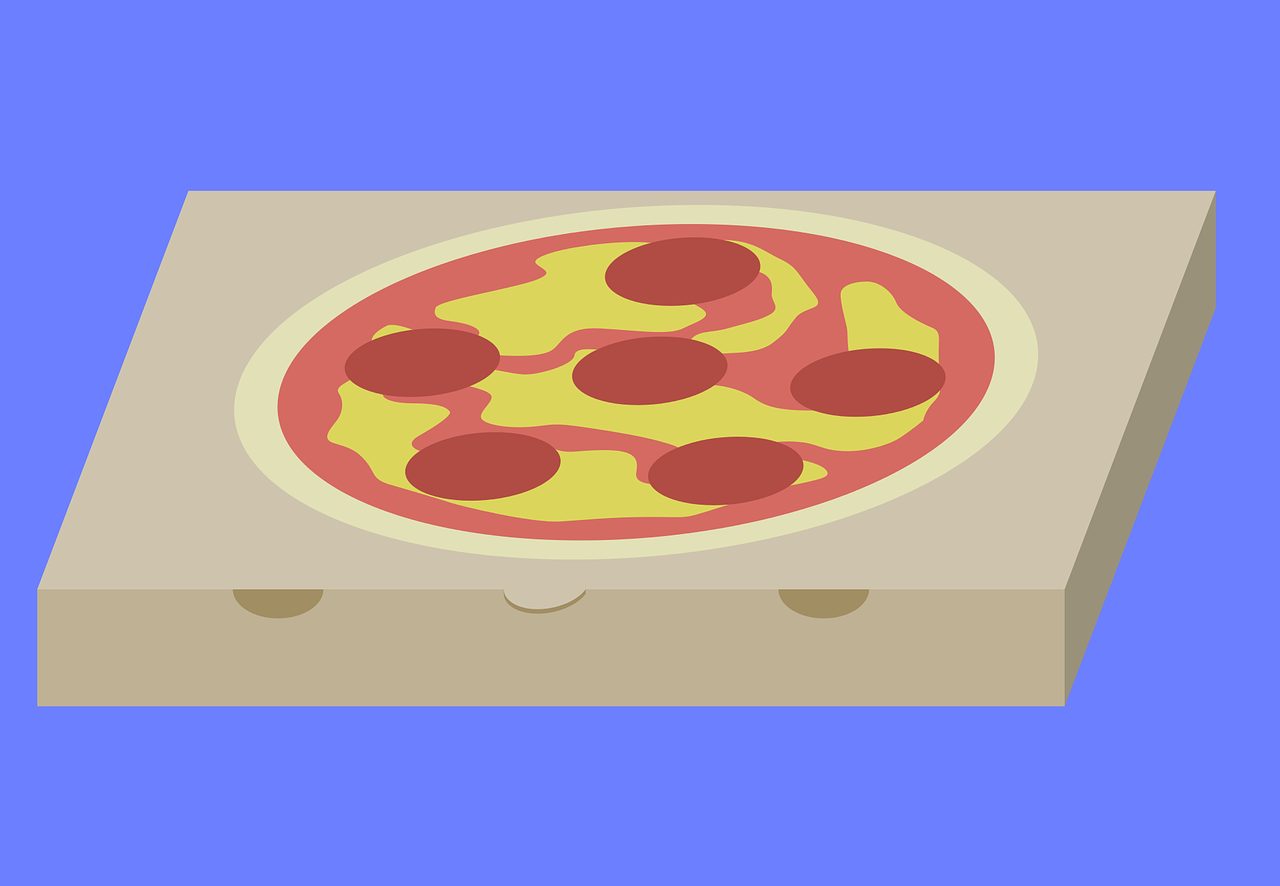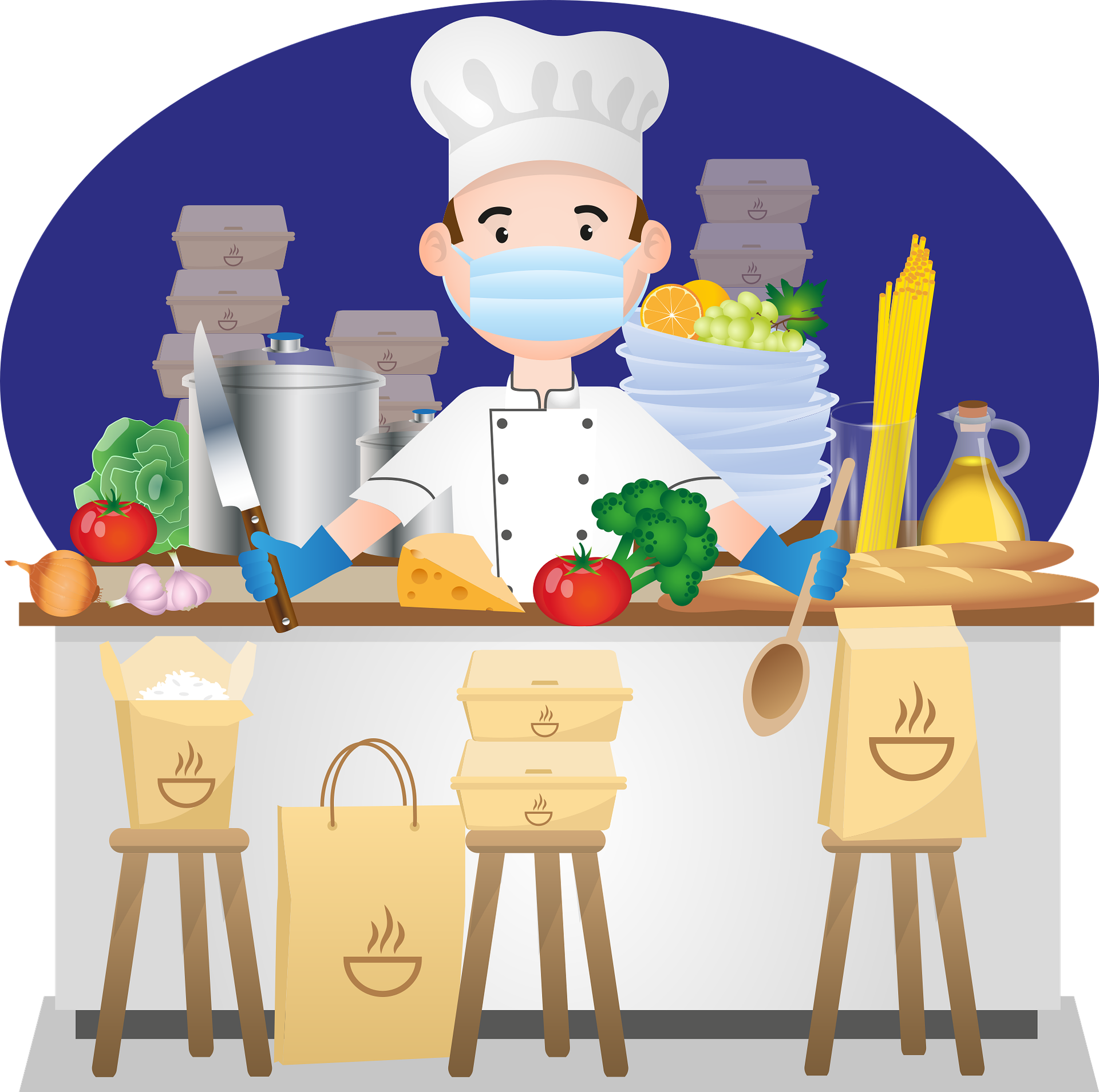COVID-19 Restaurant Trends Here to Stay Post-Pandemic
The global pandemic helped to accelerate the adoption of many technologies that were under utilized by the restaurant industry, such payments methods. Alongside this accelerated adoption the COVID-19 pandemic shepherded in a stream of new restaurant trends, brought on by the sudden changes consumers and operators had to incorporate into their lifestyles and their businesses.
Some of these coronavirus food trends will fade along with the restrictions that have become commonplace in restaurants over the past year. There are, however, others that both operators and consumers will want to see preserved as restaurant future trends. We discussed a major one of these trends, digital ordering, in a piece a few weeks ago, but there’re many other evolutions which have happened throughout the restaurant industry over the past year that customers are going to want to see persevere into the future, and these are the latest trends in the restaurant industry.

Post-Pandemic Consumers Demand Meal Options

Prior to the pandemic, meal options we’re usually limited to the quick service and fast casual segments of the restaurant industry. During the pandemic many full service restaurants, of all styles and cuisines, expanded their offering to include meal options for their consumers.
This COVID food trend extends from the growth of prix fixe menus in higher end restaurants, to the offering of cheaper, daily changing options in full service, casual dining locations. These more affordable options, which still allow restaurants to flex their creative muscles, are going to continue to be looked for in a post-pandemic world by consumers who’ve become accustom to their availability.

High Quality Takeout Food Packaging
For many venues takeout food was their saving grace through the pandemic. It kept regular customers loyal and, for some, offered expansion into a new revenue stream and takeout is here to stay. What many venues and, more importantly, many consumers noticed was that all packaging wasn’t created equal. The styrofoam and cardboard containers, which delivered moister-than-meant-to-be food, no longer cut it for customers who wanted the fresh restaurant food experience at their own dining table.
As a result, there was rapid growth in the availability of innovative packaging which helped to keep food, such as wings and bread, crisp. This means that carefully designed and prepared dishes now arrive at a customer’s front door just as the restaurant would intend them to arrive at a table inside their location.

With some restaurants offering these improvements to their takeout food customers will be quick to lean toward ordering from venues which they know produce high quality takeout food. This means that they might forego ordering from venues who’s offering come in outdated and lower quality food packaging.

Cloud Kitchens are Here to Stay

A growing concept before the pandemic, cloud kitchens, also known as ghost kitchens, were helped by the move to online ordering and delivery based consumption of restaurant food; spurring the emergence of many new restaurants in this sector. Their growth was accelerated by the pandemic and now it seems that, with takeout and delivery service being very commonplaces, they’re going to continue to grow.
Whilst these businesses may not offer physical locations in which to eat their food other restaurants still need to be wary of these new competitors whom they may brush over as operating in another segment. If a cloud kitchen is offering the same cuisine as a brick and mortar venue then they are going to be competitors, not only for delivery and takeout food but, if the cloud kitchen’s cuisine is cheaper and/or better than a brick and mortar location consumers may prefer to order from the cloud kitchen; especially as they are now so used to eating restaurant food at their own dining table.
Cloud kitchens also offer a revenue opportunity for restaurants. Some venues have rented out their kitchens, when they’re not using them, to cloud kitchen operators so they can prep or cook meals. Others have taken the opportunity to, metaphorically, expand their kitchen from one into two, servicing their venue with the dishes that are on their menu whilst also offering a whole other selection of items online under a different name, sometimes of a totally different cuisine.

Keeping Pandemic Based Cleaning Regimes
When restaurants were allowed to reopen at the beginning of last summer there was a huge emphasis placed on COVID-19 measures, and many venues chose to spotlight their expanded cleaning practices.
With mask mandates and capacity limits being dropped many customers are relieved to return to some level of normality when it comes to dining out. However, in a recent survey 80% of participants said they were going to continue to be extra cautious of germs in restaurants. This shows us that, as a public space, restaurants and their cleaning practices are going to just as scrutinized going forward as they were at the height of the pandemic.

Returning to old practices, now standards have increased, seems to be against sensible thought. Also, knowing that customers will have a keener eye on a restaurant’s cleanliness than before should infer that restaurants continue with these elevated standards. Not doing so may not seem to have a direct effects on business, however, much like with food complaints, there will be some customers who take their thoughts home and share them with their family an friends whom, in turn, may be deterred from visiting a venue or may even pass these stories of cleanliness, or lack thereof, onto their family and friends.

Fine Dining To Go Food Will Survive the Pandemic

Pre-pandemic very few people ever imagined ordering high-end food and, in some states, wine to be delivered to their front door; sometimes course by course. More than that, many didn’t expect the manager of the restaurant to be checking in with them via video link after they’d started each course. Such ideas and concepts are some of the many to have emerged from the changes in lifestyle everyone had to adapt as a result of the pandemic.
Such offerings, whilst maybe not as sought after as some other trends mentioned above, are going to become a permanent part of many fine dining restaurants offerings. Not only does this expand the number of customers they can serve in an evening but it also allows them to explore the avenue of delivery, which was not a viable option for them to use to increase their revenue stream before the pandemic.
A Final Word
Whilst inherently a bad thing, the pandemic can be said to have had a positive influence on the restaurant industry. In restaurants after the pandemic, improved takeout food and improved cleaning practices are some of the immediate and positive takeaways of the pandemic. Whilst high-end food delivered to your home, expanded meal options, and the growth cloud kitchens are exciting new COVID food trends which will continue to evolve as time progresses.